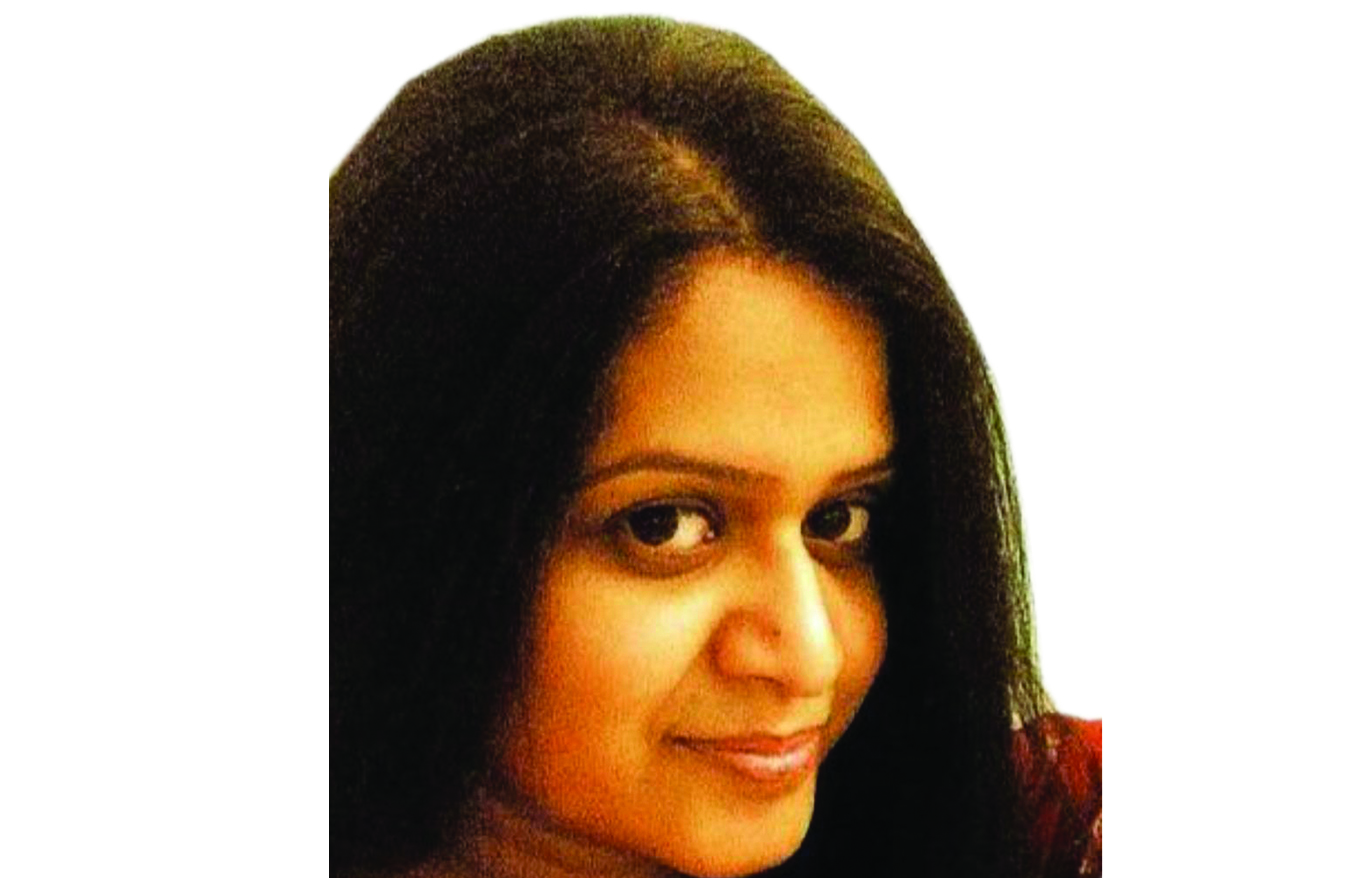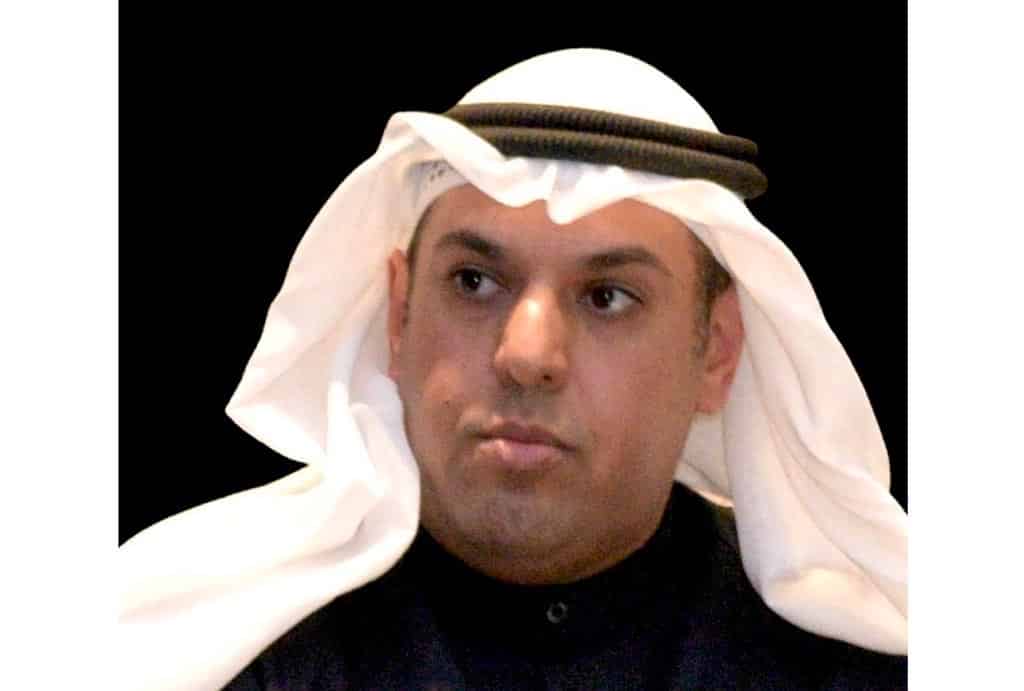
have never really been a fan of life in the city - the bustling traffic, bright lights, et al. have always been a little too pulsating for me. However, it is those small pockets of life -those hidden gems tucked away from the maddening crowds that seem to have a life of their own - it is these urban spaces in cities that have always fascinated me. It is, I believe, in these places that people and space form an eclectic union. And my goodness, the stories they say. In this region, the traditional markets or souqs have always been a personal favourite.
These open-air markets with their Arabesque feel, wooden doors and long, narrow alleys lined with shops selling bits and bobs on either side, each having a quaint appearance are urban gathering spots in almost every Arabic-speaking country from Bahrain to Syria. One of my first outdoorsy trips after arriving in Kuwait was a trip to the Mubarakiya Souq.
A long underground staircase from the parking lot took me right up to the street on top and the vista that opened up before me could have been a replica of the Old Souq in Abu Dhabi - where one would find traditional stores filled with sacks of spices, aromatic herbs and dried fruits and if you are lucky, get a few strands of authentic saffron or frankincense stones.
The shopkeepers in these souqs themselves were keen discerners of human nature as they observed the people on the roads, knowing instinctively when a passerby held the bearings of a potential customer. It is not without its history either. If Mubarakiya Souq once was the centre stage of political decisions - with the office and Diwan of Sheikh Mubarak Al-Sabah centrally located in the middle of the souq; the Bastakiya-inspired Souq Waqif in the heart of Doha was a watering hole where nomads stopped by to feed their animals and socialize with others.
Once upon a time, we defined our spaces and our spaces defined the architecture. Today a growing capitalist economy means that there is an increased demand for living spaces and very less demand for social spaces - transforming our urban spaces into a series of skyscrapers and resident buildings that make us grow apart, rather than bring us together.
[email protected]



